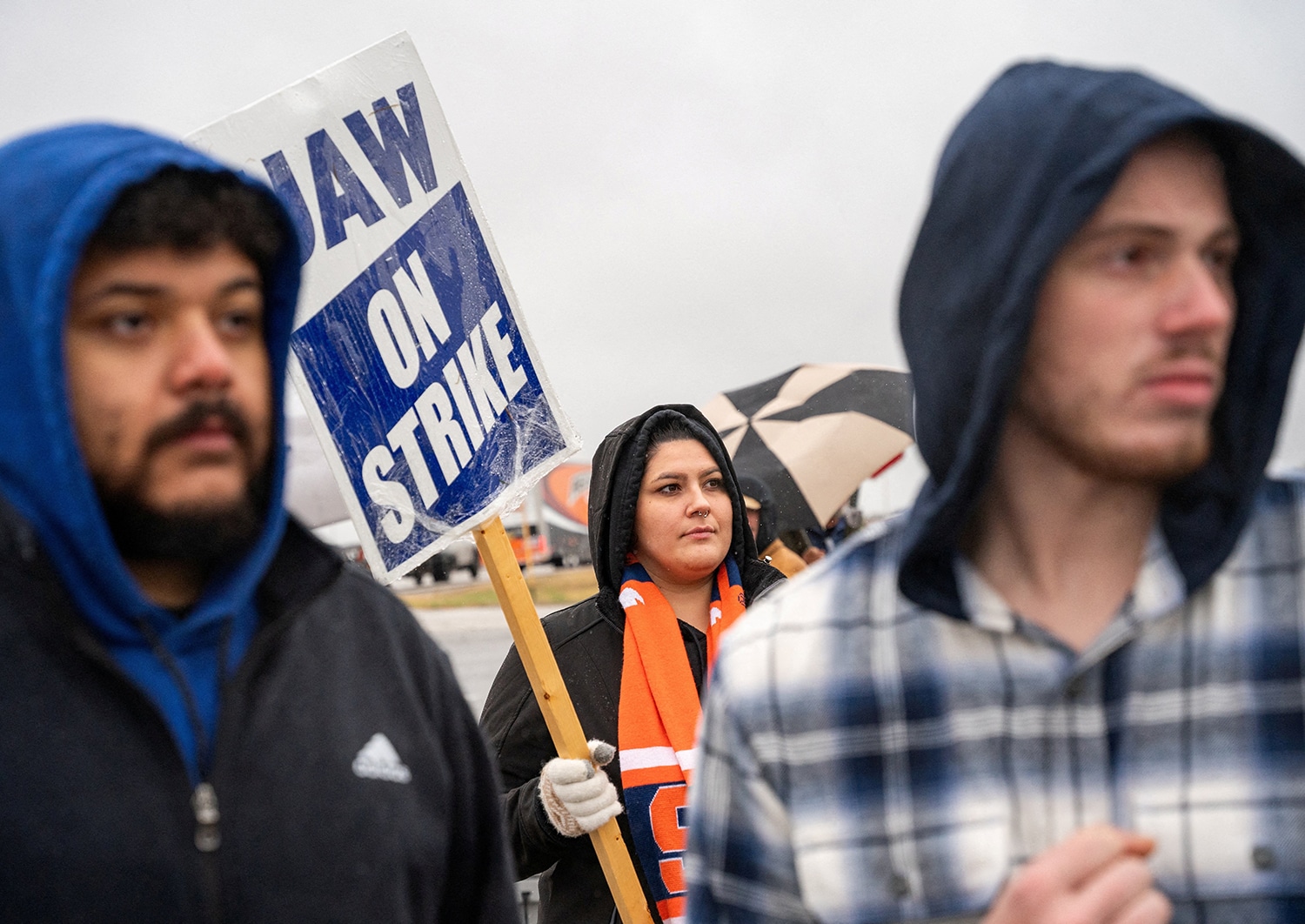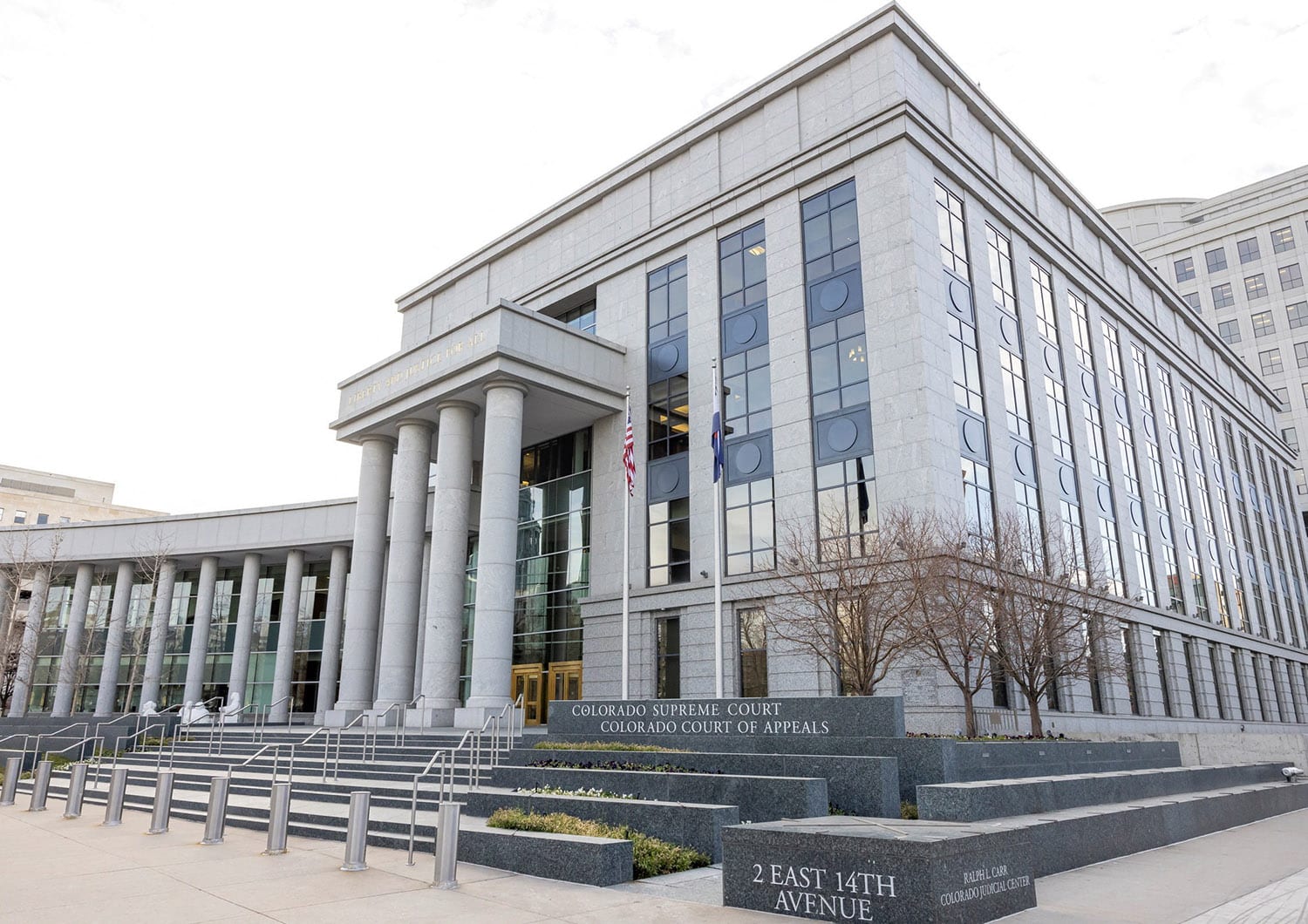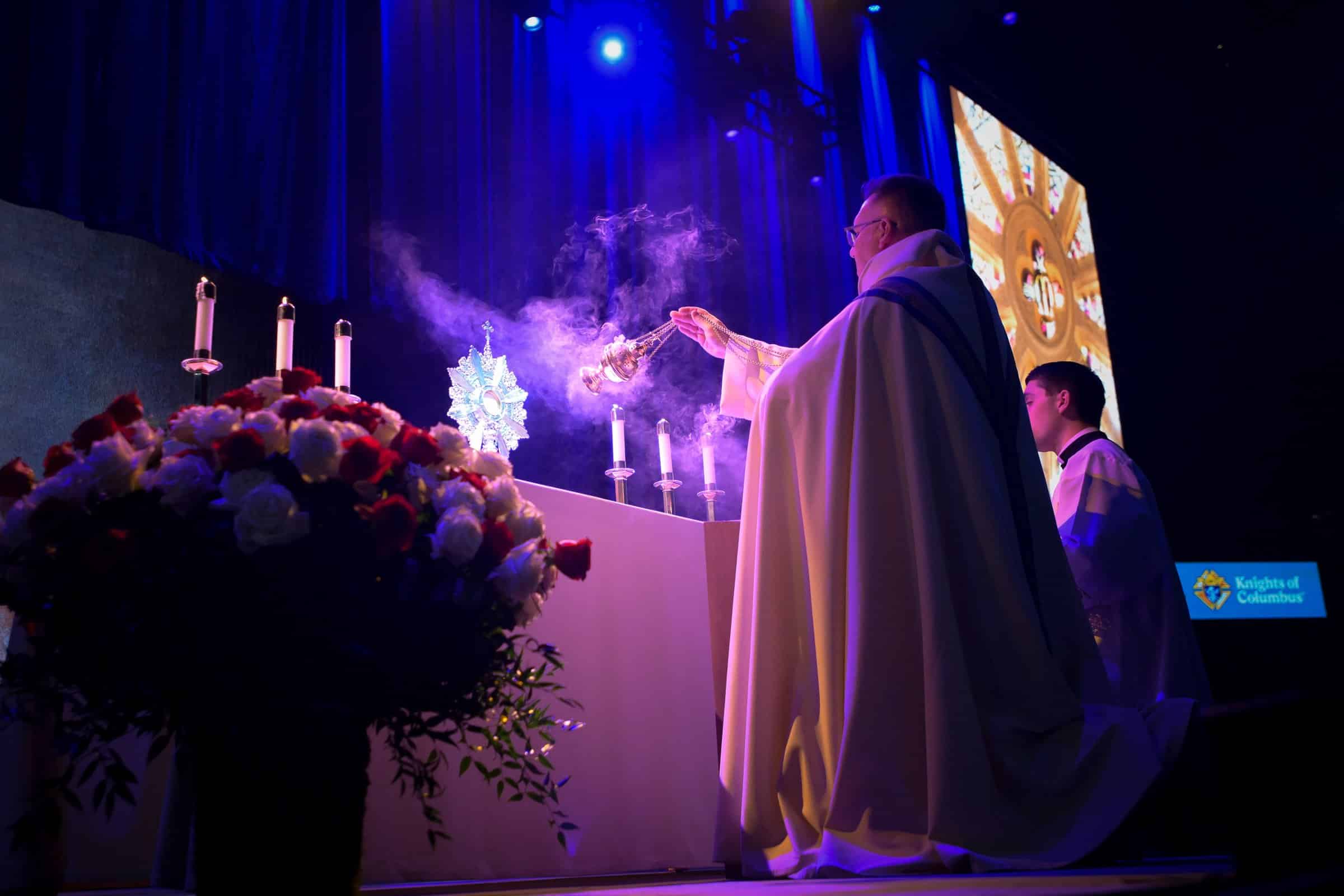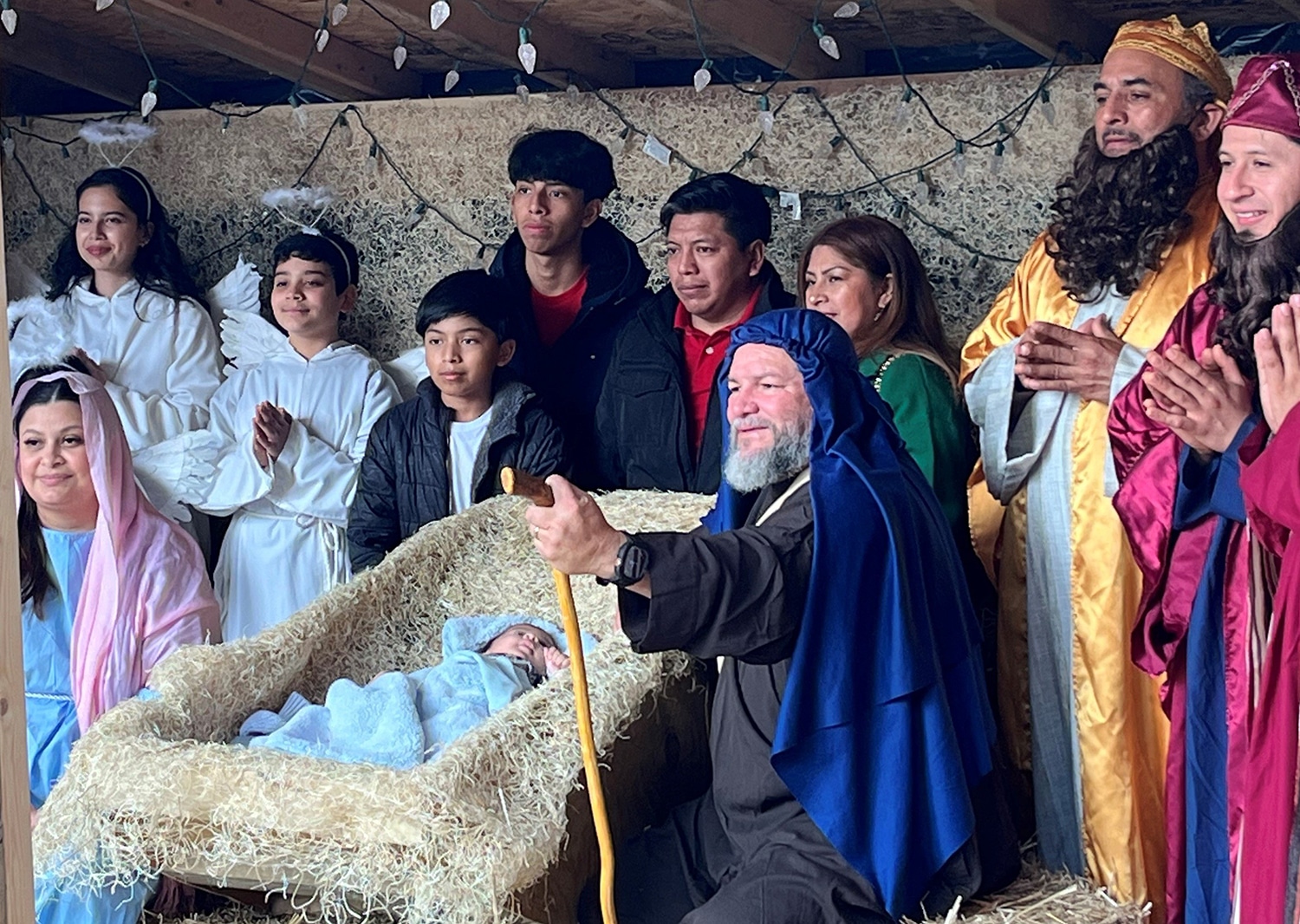(OSV News) — In the past 12 months, an extraordinary level of nationwide activity — organizing, strikes, negotiations and new contracts — has signaled increased influence for American labor unions, which once counted 21 million U.S. workers among their ranks.
But any widespread union resurgence still faces challenges of low membership, weak labor laws and intense corporate resistance, several labor experts told OSV News.
“The year that is just coming to an end is one of the most important in the history of the labor movement in the past three or four decades,” said Joseph McCartin, executive director of the Kalmanovitz Initiative for Labor and the Working Poor at Georgetown University in Washington.
“And what makes it so important are the big strikes that happened this year — the auto workers, the screen actors, the screenwriters, the threatened strike of the Teamsters. In all of those cases, you could say the unions made important gains,” McCartin reflected. “I don’t think there’s been a year like this where private sector unions like these have done as well — in a single year — in a very long time.”
Indeed, 2023 witnessed a sharp rise in union activity, with strikes and other labor developments in multiple sectors — including media, parcel and food delivery, aerospace, auto and steel production, retail, hospitality, education and health care.
Preliminary U.S. Bureau of Labor Statistics data indicate some 444,850 American workers participated in work stoppages from January to October.
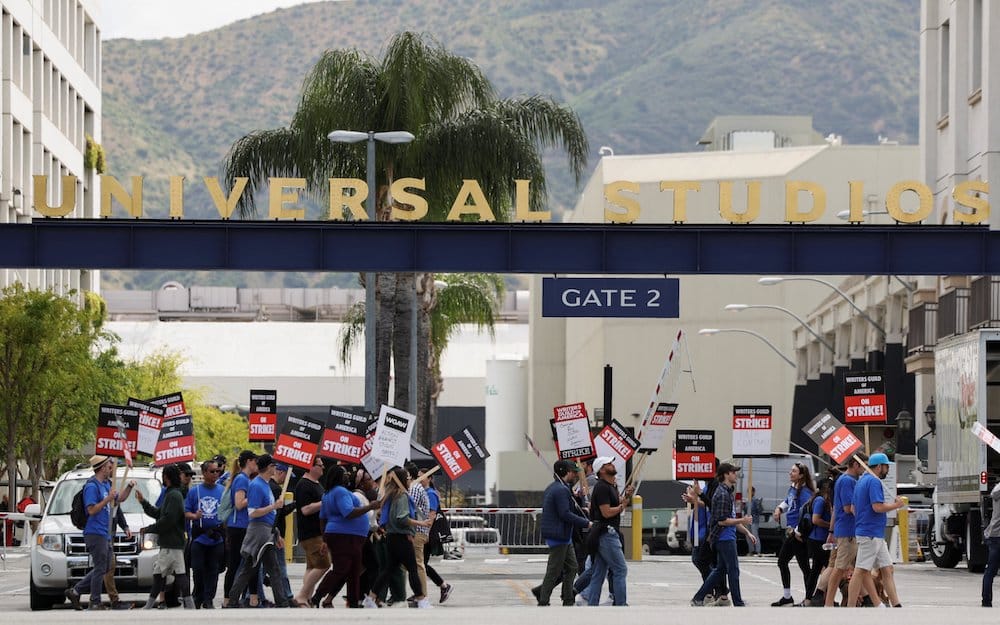
Breaking records
After striking 148 days, the Writers Guild of America — the union representing film, television, radio and online media writers — reached a Sept. 26 deal with the Alliance of Motion Picture and Television Producers negotiators for Hollywood’s largest production companies. Higher wages and health and pension contribution rates were achieved, as well as new residual payments for streaming content. Additionally, there were assurances artificial intelligence, or AI, won’t be used to write or rewrite material, nor will AI-generated material be considered source material.
The United Auto Workers labor strike against the “Big Three” car producers — Ford, General Motors and Stellantis, whose 14 automotive brands include Chrysler, Dodge, and Jeep — ended Oct. 30 with a series of contracts experts said emphasize the importance of unions in Catholic social teaching, especially for achieving family wages through collective action.
“Both Teamster UPS drivers and UAW auto workers at the Big Three began to undo years of wage and benefit concessions and make sure that these remain good, family-supporting jobs,” said Clayton Sinyai, executive director of the Catholic Labor Network.
Ford, General Motors and Stellantis made a combined $21 billion in profits during the first six months of 2023, and a quarter-trillion dollars in North American profits during the last 10 years.
“All three agreements break records and better unite our union,” the UAW announced in a statement. Included were higher wages and wage progression; cost-of-living allowances; retirement improvements; and an historic right to strike over plant closures.
Raise increases
Less than two weeks later on Nov. 9, the Screen Actors Guild-American Federation of Television and Radio Artists, or SAG-AFTRA, claimed a significant victory. Film and scripted TV had ground to a halt, delaying movie releases and stopping paychecks for thousands of working actors.
With the largest contract-on-contract gains in the history of the union, the agreement included over $1 billion in new wages and benefit plan funding; “unprecedented” provisions for consent and compensation “that will protect members from the threat of AI”; and a streaming participation bonus. Actors had protested that as studios’ streaming revenues surged, their own incomes cratered due to imbalanced residual payments.
“The huge wage increases are important — not only in the wake of the devastation many peoples’ livelihoods (experienced) during the pandemic and recession,” observed Dan Cornfield, professor of sociology, political science and American studies at Vanderbilt University’s Curb Center for Art, Enterprise and Public Policy. “They also counter a very long-term trend in the widening income gap — the gap between the haves and the have-nots — that, at least in recorded statistical history, has been occurring since 1968,” said Cornfield, who also is a fellow of the Labor and Employment Relations Association.
“Starting in 2021, the labor mobilization in various sectors seems to have encouraged mobilization in other sectors,” Cornfield said. “It remains to be seen now if the recent UAW victories in collective bargaining will spill over into new organizing in the nonunion automotive sector of the United States. So that’s the next big challenge for the UAW.”
On Nov. 1, Toyota announced it would be raising wages for its nonunionized factory workers — a move largely seen as preemptive, given the UAW’s expected effort to unionize Toyota plants.
“They want to avoid the union,” McCartin explained. “And they hope that by raising wages, they can just say, ‘Hey, you don’t have to be in the union. If they win something, we’ll give you a little piece.'”
That may not, however, be enough.
“The workers might be getting to the point where they think, ‘Well, wait a minute — you mean you could always have afforded to give us more, and you just didn’t? Maybe we need to be organized, to be able to make sure we get a better deal,'” suggested McCartin.
Catholic teaching on rights of workers
The Catholic Church has an extensive history of teaching and actions supporting the rights of workers, and both popes and prelates have spoken directly to the issue of unions and strikes.
Pope Francis has said “there are no free workers without trade unions.”
St. John Paul II also stated in his 1981 encyclical “Laborem Exercens” that “workers should be assured the right to strike” — a position echoed by the U.S. Conference of Catholic Bishops’ 1986 pastoral letter “Economic Justice for All,” which teaches, “Unions may also legitimately resort to strikes where this is the only available means to the justice owed workers.”
More recently, Archbishop Borys A. Gudziak of the Ukrainian Catholic Archeparchy of Philadelphia — chairman of the USCCB’s Committee on Domestic Justice and Human Development — said in an Aug. 30 Labor Day statement that labor unions are “essential” to the thriving of working families.
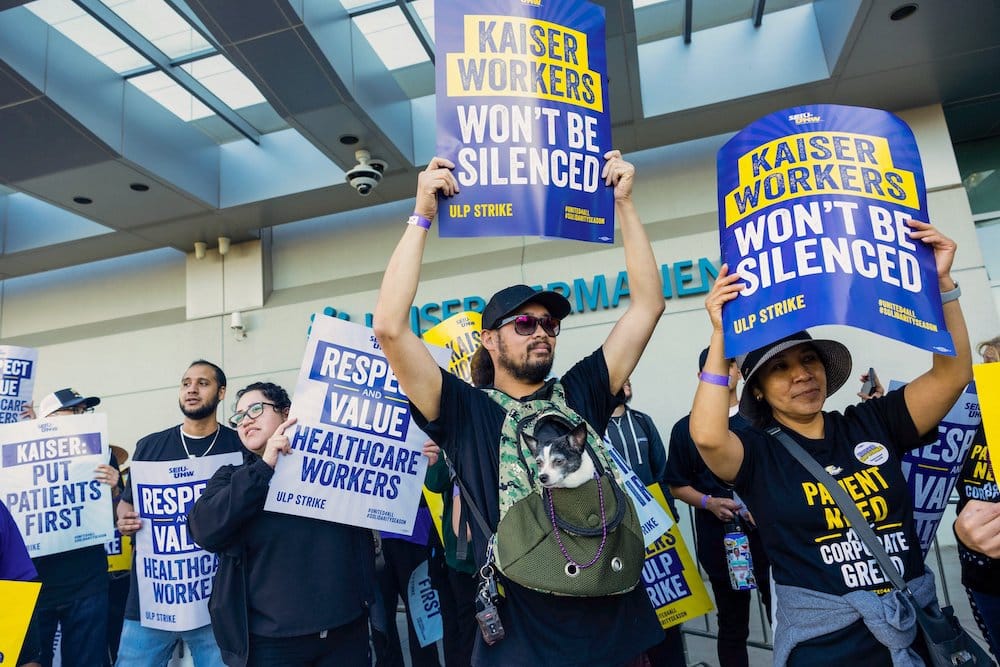
Weakness of the law
Still, if there is indeed strength in numbers, the potency of U.S. unions — despite a spate of new contracts — ultimately remains compromised.
“Organized workers represent only about 10% of the workforce, and those who seek to organize continue to face an uphill fight, even at our Catholic institutions,” Sinyai commented. “Witness how management at Ascension St. Agnes Hospital in Baltimore responded when nurses sought to form a union there.”
Nurses at St. Agnes Hospital reported threats from management, and attempts to stifle the union campaign.
“And don’t forget the Starbucks workers,” reminded Sinyai, “who have organized more than 300 locations but have yet to win a first contract from a company determined to stamp out their union.”
Anemic labor laws — with insignificant attached penalties for their violation — too easily enable corporate opposition to worker unionization efforts, scholars say. The right to organize is guaranteed by the 88-year-old National Labor Relations Act.
“One of the things that will come into play determining whether this becomes a trend or not … is the weakness of the law,” McCartin said. “That’s another thing that became very clear over the course of 2023.”
A big year to come
McCartin also cited Starbucks as an example.
“They were winning election after election by huge margins in their stores. However, they’ve not been able to get anywhere in negotiating their first contract. And that’s because the law really doesn’t require that,” he said.
“Starbucks pushed back hard — as the National Labor Relations Board has pointed out — by doing things to undermine the union and to fight it,” McCartin emphasized. “So that legal weakness — in terms of legal protections for workers to actually get contracts from their employers — remains a stubborn obstacle to overcome. The big gains in 2023 happened where workers are already in unions. Can unions spread to new places? That’s what we’ll have to wait to find out.”
Cornfield agreed.
“Corporations often are slow to engage in collective bargaining. It’s been difficult to reach a first contract in many cases,” he said. “There have been a lot of corporate counter-attacks against the unions, in terms of either recognizing the union, or just not bargaining.”
Challenges to unions can also be — despite popular perception — politically bipartisan.
“The labor movement will have to put more pressure on the Biden administration, which sometimes caves in to corporate power,” said John Trumpbour, research director at Harvard Law School’s Center for Labor and a Just Economy. “Railway workers pushed for seven days of paid sick leave, and Team Biden and the U.S. Congress let them down,” said Trumpbour, who also is a steering committee member of Catholic Scholars for Worker Justice.
“Ultimately, it will take an aggressive labor movement to build upon the victories of 2023,” Trumpbour suggested. “But to predict the future accurately, one has to shape the future by mobilizing people and movements. Labor cannot rest complacent after recent victories.”
“It could be,” said McCartin, “a very, very big year to come for labor.”

